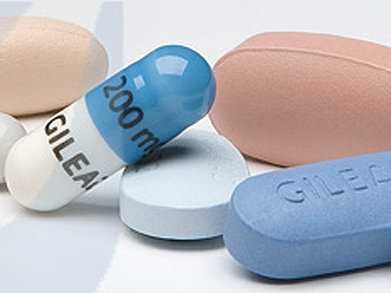Positive momentum in the long-suffering wood products business led improved results in Weyerhaeuser’s WY first quarter, as the segment benefited from improved housing demand and a cautious lumber industry that hasn’t fully recalibrated supply to meet the new demand reality. Results were more tepid in Weyerhaeuser’s other segments, as log prices haven’t enjoyed the kind of surge we’ve seen in lumber and panel prices, homebuilding remained a breakeven affair, and cellulose fibers suffered amid continued pricing pressure. All told, on a consolidated basis, adjusted EBITDA increased to $387 million versus $186 million in the first quarter of 2012, with essentially all of the improvement attributable to wood products. We’re increasing our fair value estimate to $31 per share from $29 per share in the wake of earnings as we’ve increased our forecast of midcycle earnings in wood products. Our no-moat rating is unchanged. Although we remain bullish on Weyerhaeuser’s profit trajectory as housing starts recover to some semblance of normalcy, we don’t think the firm possesses a structural competitive edge over rivals that would translate to economic rents through the cycle.
Turning to some segment-level details, wood products delivered stellar results as tight lumber and panel market conditions meant both high prices and improved fixed-cost absorption. Adjusted EBITDA bounced to $209 million from $20 million. Lumber price realizations averaged $440 per thousand board feet in the quarter, up 41% from the first quarter of 2012, in line with the published 43% increase in the Random Lengths Dimensional Composite. Oriented strand board price realizations gained a staggering 82%. While we remain bullish on us housing, we’d suggest wood products pricing levels have gotten ahead of fundamentals. Further upside is likely to be capped as hitherto cautious mills adopt an operating stance more commensurate with improved demand conditions–pushing the supply curve outand leading to falling prices if demand fails to improve further. Notably, we’ve already begun to see some signs of weakening of prices with a 7% decline in lumber futures relative to the first-quarter average.
Surging lumber and panel prices didn’t appear to manifest that strongly in log price realizations in the first quarter. This might suggest comparably more elastic supply conditions for logging than we’re seeing downstream in lumber. Management suggested that harvest deferrals from the housing slump are driving some of the comparable weakness, especially in the U.S. South, which does not enjoy access to the Asian export market like Weyerhaeuser’s Pacific Northwest business does. Nonetheless, the modest price improvement we saw, along with higher harvest volumes, was enough to push profits higher, with adjusted EBITDA coming in at $139 million versus $104 million.
Weyerhaeuser’s homebuilding business is improving but still has a ways to go before contributing meaningfully to consolidated profits. Adjusted EBITDA was $9 million in the quarter, up from negative $4 million a year ago. With a backlog looking better at 1,131 units sold but not closed, up from 777 a year ago, management expects a slight operating profit in the second quarter versus break-even at the operating line in the first quarter.
Finally, cellulose fibers profits continued to sag as price realizations remained under pressure and scheduled maintenance weighed on pulp mill productivity. Reduced maintenance activities, diminished input costs, and slightly higher realizations ought to deliver better results in the quarter to come, but profits won’t come close to achieving the heady levels of 2010 and 2011 this year or anytime soon as global supply, after a lag, has caught up to demand growth.

